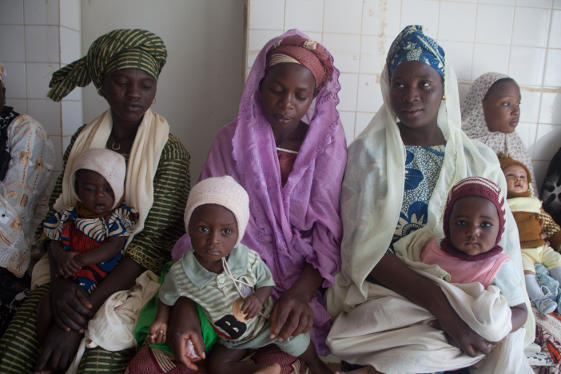Population growth and record reproduction rate
Niger’s rate of population growth reaches 3.9% per year and reproduction rate is 7.6 children per woman.
The 2012 census showed that those rates, the highest worldwide, are rising.
Fortunately, the children’s death rate has fallen, but the birth rate remains very high, in a tradition of early marriages (30% of women get married before the age of 15) and of polygamy (30% of wives have a co-wife).
Population growth, from below 5 million in 1970 to nearly 20 million in 2018, is on average higher than economic growth, and the per person income has fallen by 40/% between 1970 and 2012. The high birth rate is an obstacle to well-being.
Promoting family planning
The Public Health ministry has adopted a long-term plan (2012-2020) aiming at controlling population growth by promoting family planning. The goal is to bring the rate of modern contraception from 11% to 50%, by promoting family planning through three strategies:
reinforcing availability in health services
reinforcing demand by education and awareness
promoting a favourable environment
Important resources are to be found to implement the project.
First results
In 2017, the estimated demographic growth is 3,2% with a fecundity rate of 6 children per woman,
According to the 2017 Niger Demography and Health survey, the most significant fall occurs in the Dosso area, passing from 7,5 to 5,7 children per woman.

Références
- Enquête démographique et de Santé à Indicateurs Multiples du Niger 2012 (INS et ICF International)
- Les défis démographiques des pays sahéliens, J. F. May, J.P. Guengant, Études, 2014

